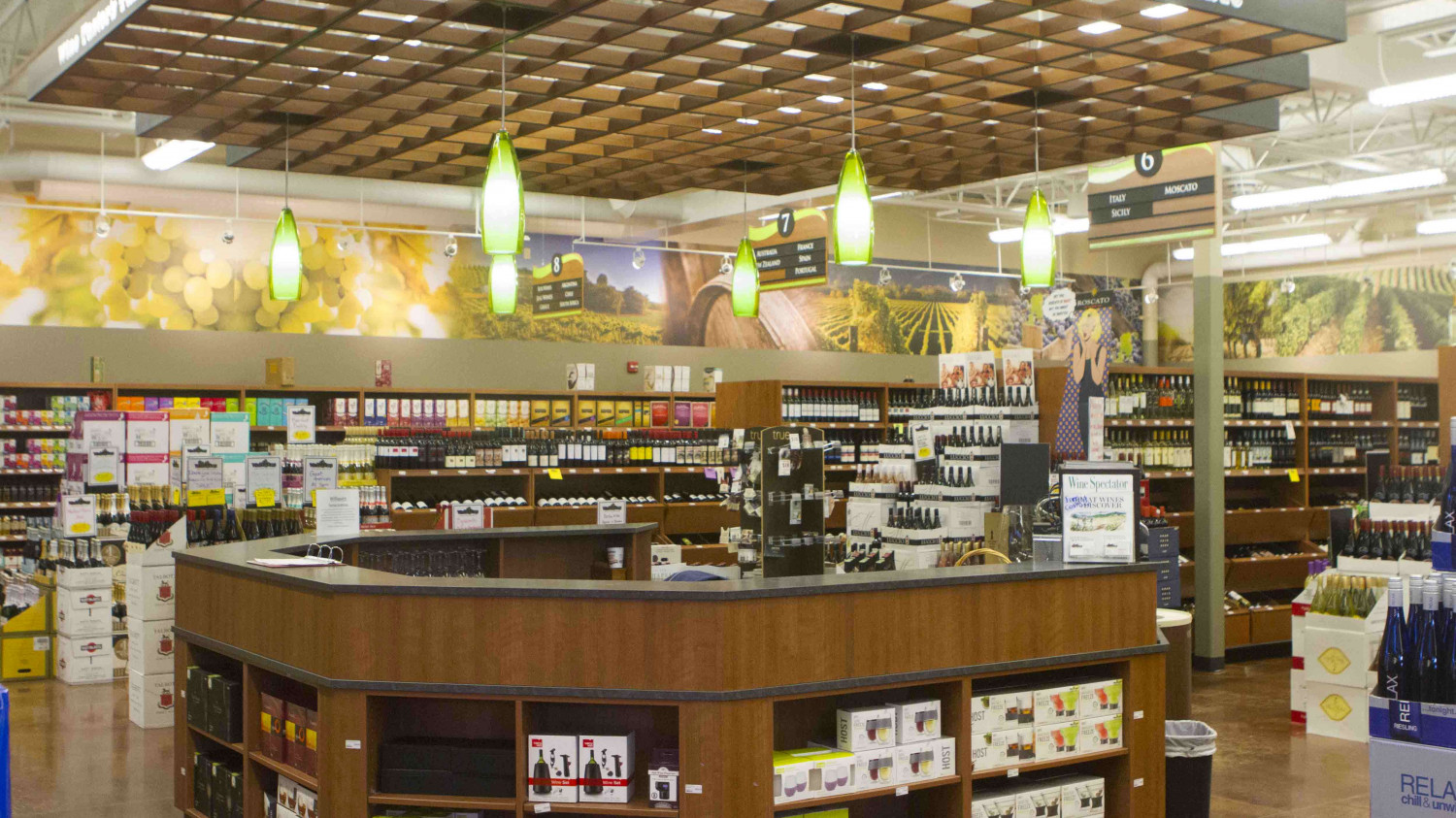It's Wine O'Clock Somewhere!
When it comes to wine, Williquors knows its stuff. We have over 3,000 different varieties of wine, including reds, white, champagnes, and so much more! Not sure what you want? Our staff can help you select the perfect wine to pair with your dinner or that gift you need for a co-worker. We also have frequent wine tasting sessions, and even host a wine class where you can learn everything you want to know about wine. Whether you want one bottle or a case, we guarantee you'll find what you're looking for at Williquors.

